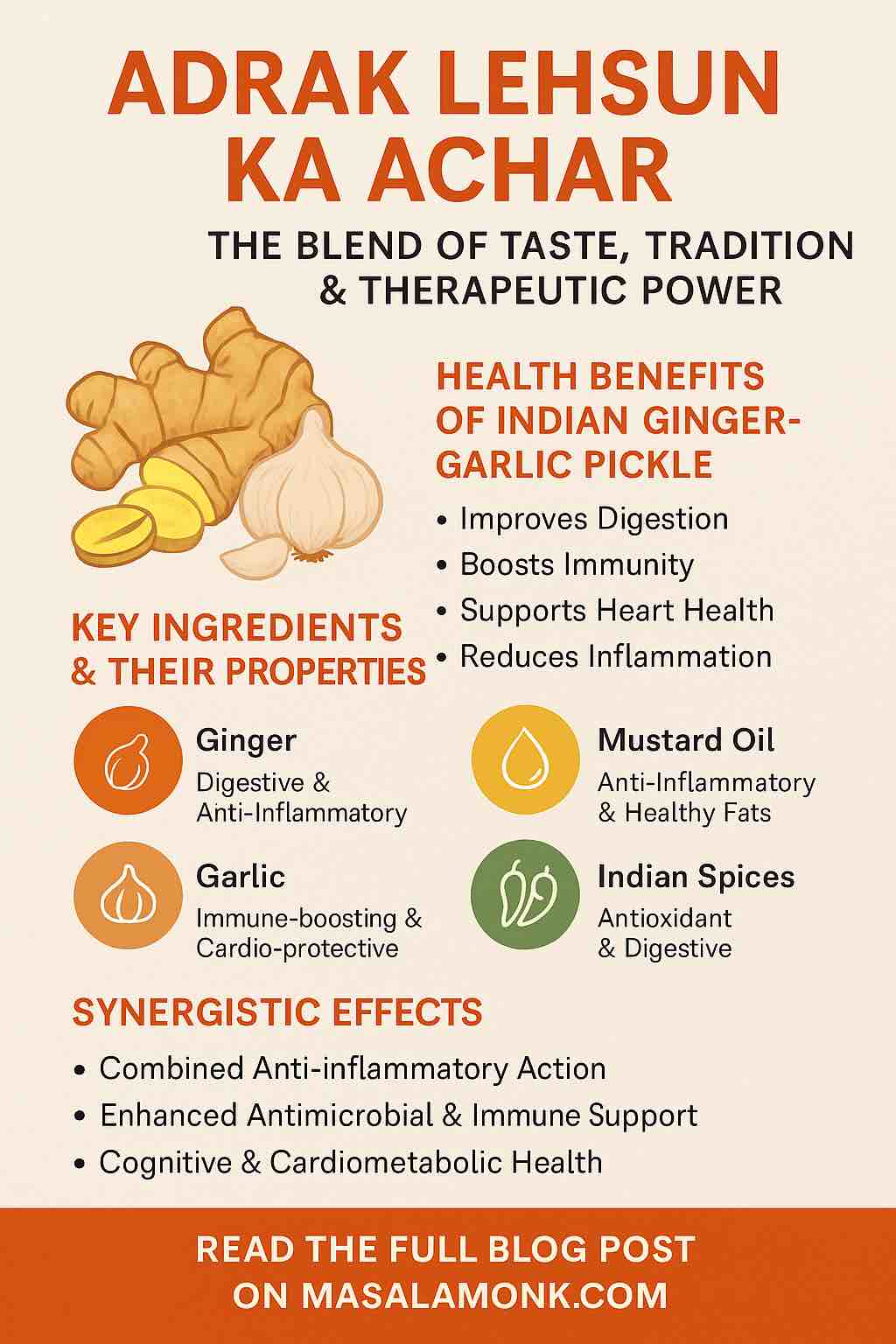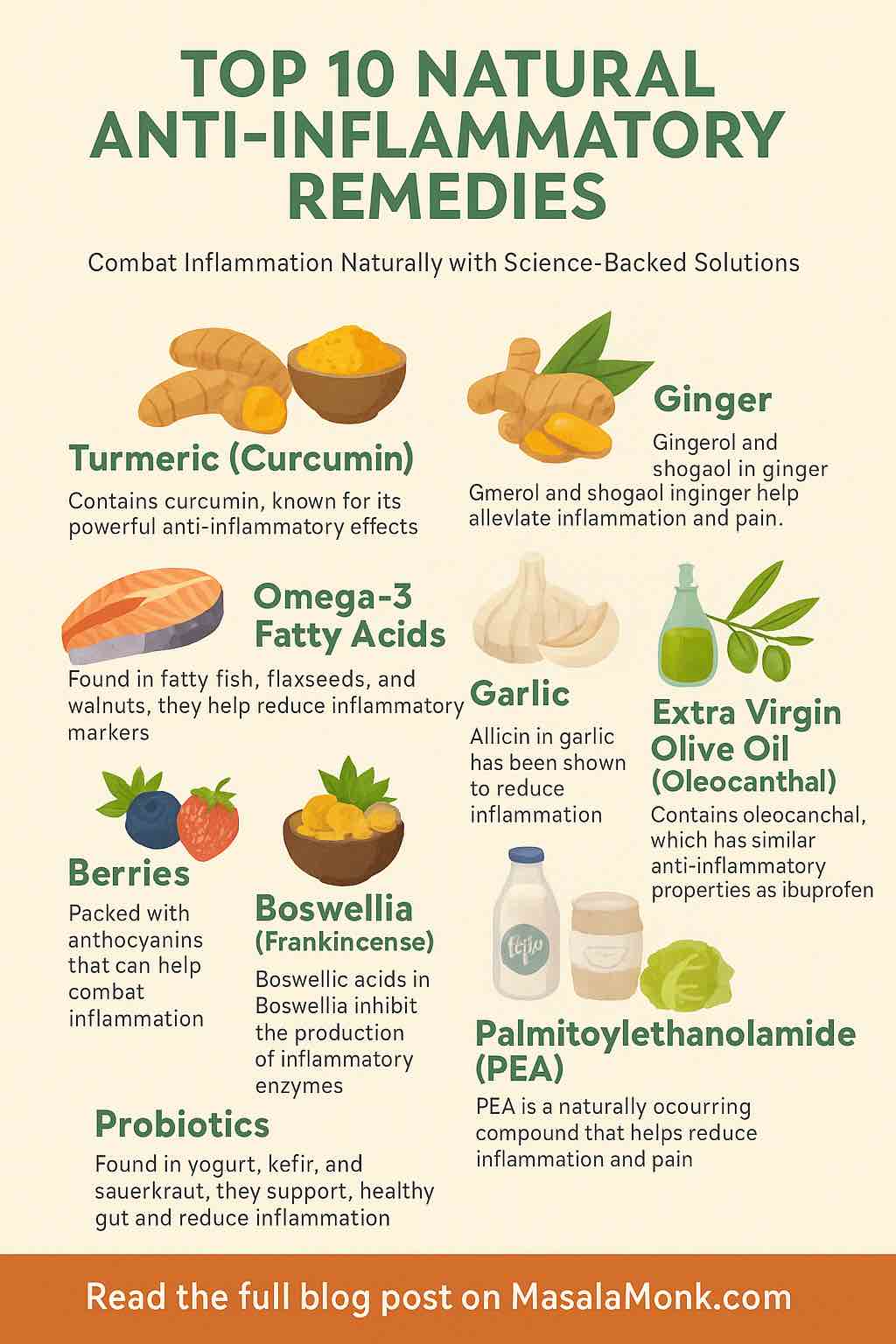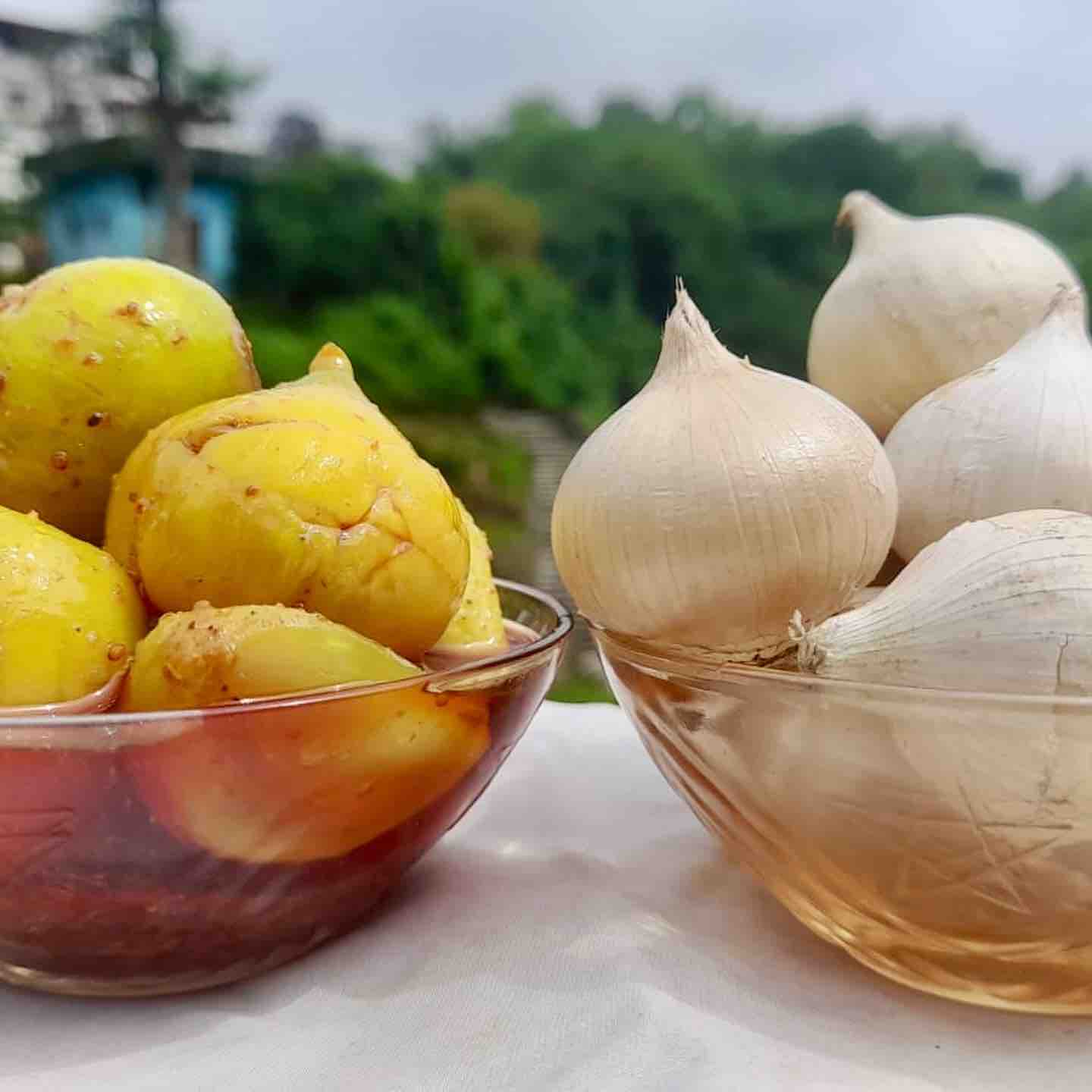
In the vibrant world of Indian kitchens, pickles are more than just a side dish—they’re little jars of flavor, tradition, and wellness. Among them, Adrak Lehsun Ka Achar (Ginger-Garlic Pickle) stands out as a powerhouse of taste and therapeutic benefits. It’s spicy, pungent, and fragrant—but its true charm lies in the ancient synergy of its ingredients.
Today, we explore the fascinating science-backed health benefits of this condiment and how the perfect combination of ginger, garlic, cold-pressed mustard oil, Indian spices, and salt makes it more than just a meal enhancer—it’s functional food.
🌿 What’s in Adrak Lehsun Ka Achar?
At its core, this pickle contains:
- Ginger (Adrak)
- Garlic (Lehsun)
- Cold-Pressed Mustard Oil
- Indian Spices (Turmeric, Mustard Seeds, Fenugreek, Cumin, etc.)
- Salt
These simple, pantry-friendly ingredients combine to create a naturally preserved food rich in antioxidants, anti-inflammatory compounds, and gut-friendly agents. But how exactly does this mix work for your body? Let’s take a closer look.
🧄 1. Ginger and Garlic: Nature’s Healing Duo
Ginger is revered for its:
- Digestive stimulation
- Anti-nausea effects (great for motion sickness, pregnancy)
- Anti-inflammatory properties (thanks to gingerol and shogaol)
- Blood sugar regulation in diabetics
- Cholesterol and blood pressure support
Garlic, on the other hand:
- Boosts immunity (rich in allicin and sulfur compounds)
- Fights infections: bacteria, viruses, fungi, parasites
- Lowers LDL (“bad” cholesterol)
- Reduces arterial plaque and blood pressure
- May reduce risk of colorectal and stomach cancer
🧪 Research Insight: A combination of ginger and garlic in a 1:1 ratio has been shown in diabetic mouse studies to significantly reduce blood glucose, triglycerides, and LDL cholesterol while boosting HDL (the good cholesterol). Together, they outperform either ingredient used alone.
🛢️ 2. Cold-Pressed Mustard Oil: The Nutrient Carrier
Unlike refined oils, cold-pressed mustard oil retains natural omega-3s, vitamin E, and essential volatile compounds like allyl isothiocyanate. It:
- Enhances bioavailability of nutrients
- Reduces systemic inflammation
- Supports heart health by improving lipid profiles
- Has mild antimicrobial properties
🌿 Traditional medicine also uses mustard oil as a topical remedy—especially in combination with garlic—for relieving joint pain, chest congestion, and skin conditions.
✅ Mustard oil acts as both a flavor enhancer and a delivery system, helping fat-soluble compounds from ginger and garlic get absorbed more efficiently in your body.
🌶️ 3. Indian Spices: Small Amounts, Big Impact
Each regional variation of Adrak Lehsun Ka Achar may include spices like turmeric, fenugreek, mustard seeds, cumin, chili powder, and asafoetida (hing). These contribute:
- Curcumin (from turmeric): anti-inflammatory, anti-cancer, brain-protective
- Fenugreek: improves insulin sensitivity, promotes lactation, soothes digestion
- Mustard seeds: antimicrobial and rich in selenium
- Cumin: helps reduce bloating and aids digestion
When these spices work in unison with ginger and garlic, they create a synergistic effect, magnifying anti-inflammatory and antioxidant outcomes.
🧂 4. Salt: The Preserver and Balancer
Salt isn’t just for taste or preservation. When used mindfully:
- It supports nerve transmission and muscle function
- Enhances digestive secretions
- Preserves the probiotic potential of pickled items
Moderation is key—and in a well-made pickle like the one from Masala Monk, you get all the flavor without going overboard.
🔬 How the Combination Works: A Functional Wellness Formula
This isn’t just a tasty side—it’s a functional health formula in edible form. Here’s how the synergy works:
| Benefit Area | Active Ingredient Combo | Outcome |
|---|---|---|
| Digestive Health | Ginger + Garlic + Cumin + Fenugreek | Stimulates gut enzymes, reduces bloating |
| Heart Health | Garlic + Mustard Oil + Ginger | Regulates cholesterol and blood pressure |
| Immunity Boost | Garlic + Mustard Seeds + Turmeric | Broad-spectrum defense against infections |
| Inflammation Relief | Ginger + Garlic + Turmeric | Reduces markers like CRP, TNF-α |
| Antioxidant Protection | All ingredients combined | Reduces oxidative stress, supports brain & cellular health |
🥄 How to Use It Daily
- In Meals: Add a spoonful alongside dal-chawal, paratha, or khichdi.
- As a Topping: Mix it into salads, wraps, or buddha bowls for a pungent, spicy twist.
- Therapeutically: Combine with warm water and jaggery for soothing sore throats (under supervision).
🧘🏻♂️ Pro Tip: If you’re prone to colds or digestion issues, having 1 tsp of this achar in winter with lunch can act as an Ayurvedic tonic.
🛍️ Where to Buy It: The MasalaMonk Advantage
If you’re looking to incorporate this ancient remedy into your modern diet, sourcing it authentically is key.
MasalaMonk is a curated marketplace that features small-batch, artisan-made food products by passionate home chefs and producers across India.
🔗 Buy Adrak Lehsun Ka Achar Here →
- Carefully crafted by an Indian artisan brand (check vendor on product page)
- Made with fresh ginger, garlic, and cold-pressed mustard oil
- No preservatives or synthetic additives
- Available for delivery across India
📦 Support real makers, enjoy real taste, and benefit from real nutrition.
✨ Final Thoughts
In today’s world of quick fixes and synthetic supplements, Adrak Lehsun Ka Achar offers a reminder that healing can be flavorful. Rooted in centuries of tradition and now backed by science, this pickle is a smart, delicious way to nourish your body and satisfy your tastebuds.
Whether you’re managing your immunity, supporting your heart, or simply looking to enjoy a heritage food with benefits—this is one addition to your kitchen you won’t regret.
🔗 Ready to Try It?
👉 Order your jar of Adrak Lehsun Ka Achar from MasalaMonk now.
Small spoon. Big transformation.
❓ FAQs: Adrak Lehsun Ka Achar
1. What are the health benefits of Adrak Lehsun Ka Achar?
Adrak Lehsun Ka Achar supports digestion, immunity, heart health, and inflammation control. It combines ginger and garlic—both anti-inflammatory and antimicrobial—with cold-pressed mustard oil and Indian spices to form a potent natural remedy.
2. Can I eat Adrak Lehsun Ka Achar every day?
Yes, it can be consumed daily in small amounts (½–1 tsp). It adds flavor while delivering health benefits, but moderation is important due to its salt and oil content.
3. Who should avoid this pickle?
People with hypertension (sensitive to sodium), those on blood-thinning medications, or individuals with gastric ulcers should consult a healthcare provider before daily consumption due to garlic’s and mustard oil’s bioactivity.
4. Is Adrak Lehsun Ka Achar good for immunity?
Yes. Garlic and ginger are proven immune boosters. Their antimicrobial and antiviral properties, combined with turmeric and mustard oil, make this achar helpful in preventing colds, flu, and infections.
5. Does it help with digestion?
Absolutely. Ginger, garlic, and spices like cumin, fenugreek, and hing stimulate digestive enzymes, relieve gas and bloating, and enhance nutrient absorption.
6. Is this achar fermented or probiotic?
It’s not traditionally fermented like Korean kimchi or sauerkraut. However, the spices and oil act as natural preservatives and digestive aids. Some artisan versions may allow mild fermentation, depending on the preparation.
7. What makes cold-pressed mustard oil better in achar?
Cold-pressed mustard oil retains natural omega-3s, antioxidants, and anti-inflammatory compounds that would be lost in refined oils. It also enhances the bioavailability of fat-soluble nutrients.
8. Can children eat this achar?
Yes, in small amounts and depending on their spice tolerance. It’s rich in natural compounds that support immunity and digestion. Avoid giving it to very young children (under 2 years) due to its pungency and salt.
9. How long does this achar last?
When stored in a cool, dry place and handled with a dry spoon, it can last for several months. Cold-pressed mustard oil and salt naturally preserve the pickle.
10. Where can I buy high-quality Adrak Lehsun Ka Achar?
You can order it from MasalaMonk, a curated marketplace that features small-batch, preservative-free pickles made by artisan producers:
👉 Buy from MasalaMonk











